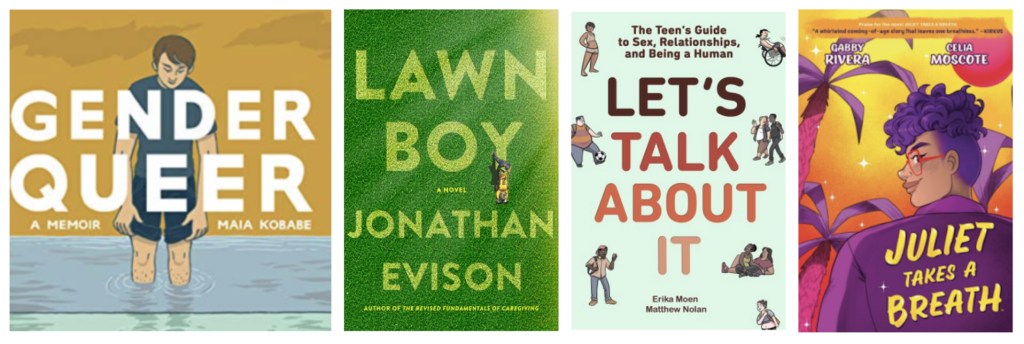
Please Follow us on Gab, Minds, Telegram, Rumble, Gab TV, GETTR, Truth Social, Twitter
In 2020, the following article appeared in academic journal PLOS ONE and in the NIH PubMed Database:
It starts off by saying that it is already known that sexually explicit media exposure during early adolescence is associated with risky sexual behavior. In fact, most previous studies have shown that exposure to sexually-explicit content during adolescence is related to early sexual debut, inconsistent condom use, unsafe sex, and multiple sexual partners.
The point of this study, then, was to improve upon the previous studies, and to look at different modalities (e.g., comic books, novels, magazines, websites, films) and sexual behavior risk measures (e.g., early sex debut, unsafe sex, number of sex partners) to get an even better understanding of the impact on children.
About half of the study participants had already been exposed to sexual media content by 8th grade from an average of one modality.
Sexually-explicit media exposure predicted early sexual debut, unsafe sex, and multiple sexual partners. Additionally, exposure to a greater number of media modalities increased the likelihood of risky sexual behaviors.
"Exposure to sexually-explicit media in early adolescence had a substantive relationship with risky sexual behavior in the emerging adulthood. Knowledge of this causal-like effect provides a basis for building better preventive programs in early adolescence. One prominent way is early education on media literacy."
Given that the negative consequences of risky sexual behaviors (e.g., sexually-transmitted infections, unplanned pregnancies, substance abuse) have such tremendous social costs, the authors concluded that it is necessary to implement preventive strategies early on.
Like, perhaps, ensuring that library content is age-appropriate for adolescents?

